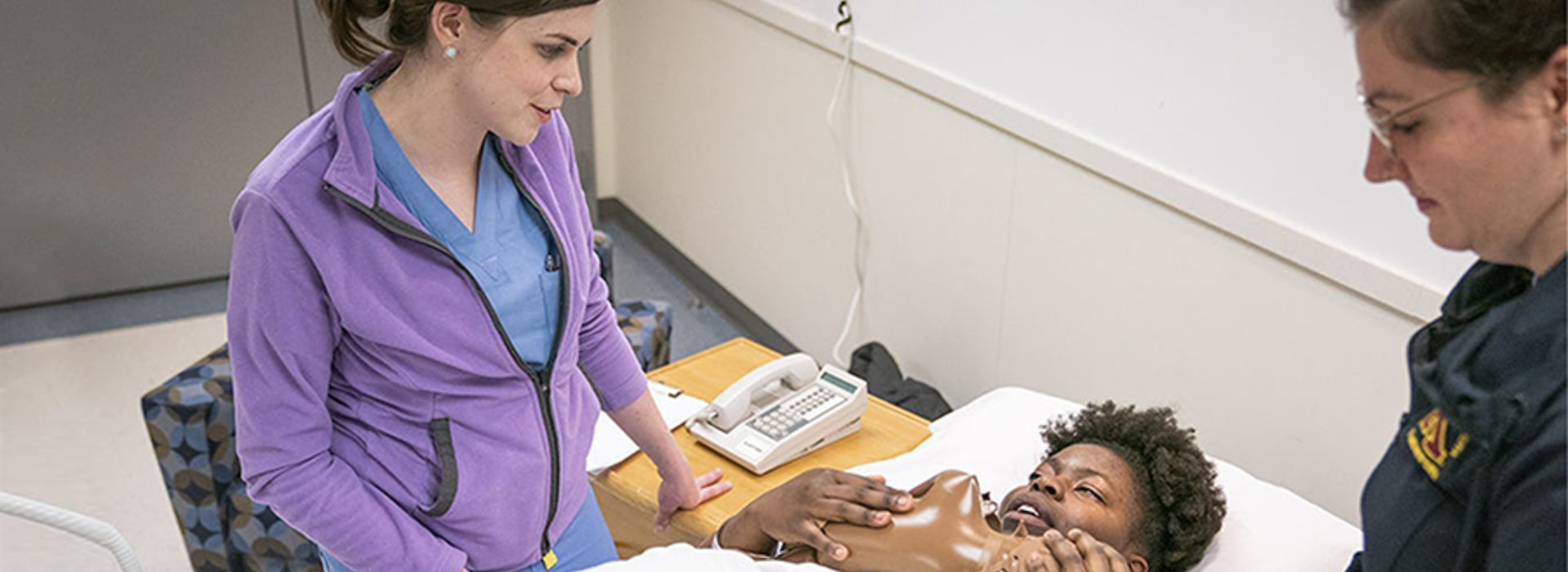
Actors Play Patient for Medical School Students
University of Minnesota medical students are getting authentic hands-on training thanks to standardized patients. These 'patients' are actually hired actors who play the role of patients in situations that health professionals are likely to face in their careers.
“Standardized patients give our learners an opportunity to work on their psychosocial skills, not just their hand skills,” said Anne Woll, interim education director at the Academic Health Center’s Simulation Center. “They practice cases with high emotion, like delivering bad news. We also use simulation for incidents that we call low-instance/high-risk, things that don’t happen very often, but when they do, a lot is at stake.”
An increasing amount of research has validated the effectiveness of standardized patients in developing clinical expertise among students and trainees in health-related fields.
“These are among the most intimidating exams for students to do,” said Dr. Mark Rosenberg, vice dean of education at the Medical School. “We don’t want them [medical trainees] to learn on their real patients. They need to establish their skills with an experienced educator who is trained to give them feedback.”
In the near future, the Simulation Center/Interprofessional Educational and Resource Center will occupy two full floors within the Health Sciences Education Center, currently under construction.